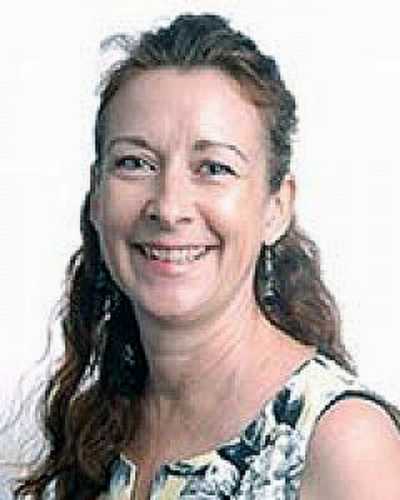Now published, see the full article 
Early Abstract:
Context: Rural and remote Australia suffers from a shortage of allied health clinicians. The provision of quality rural placement experiences for allied health students has been a significant strategy to address these health workforce shortages. Service learning rural placements are providing allied health services in small rural towns where previously there have been limited or no allied health services. There is little detailed description of the origin or nature of particular placement programs in the published literature.
Issues: An increase in Commonwealth funding for rural allied health clinical placements led to the development of an innovative service learning placement model in Northern NSW, the ‘rural community-based work-ready placement program’ (the Program). The Program consisted of a placement where students were paired for four to ten full-time weeks in either a preschool, school or an aged care facility. The Program’s fundamental properties included cultural and social equity education, providing continuous service throughout the year, and quality improvement initiatives in placement sites. The Program was underpinned by an interdisciplinary approach which included interdisciplinary placements, interdisciplinary supervision and a structured interdisciplinary education program.
Lessons learned: The Program required investment in stakeholder engagement and in the alignment of universities’ requirements for student learning outcomes and the sites’ specific needs. Clinical supervisors had to adapt to supervising students from various disciplines and universities across multiple sites, towns and services. The Program provided students with opportunities to work autonomously, problem-solve and to initiate and implement quality improvement projects at each site. Careful selection of students, adequate preparation and management of students’ expectations were important contributors to the success of the Program. Providing a continuous service is an ongoing logistical challenge.


